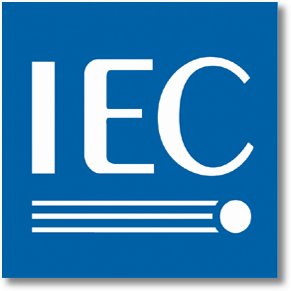The calculation of maximum and minimum short-circuit currents as per IEC 60909 is based on the following assumptions.
- No change in the type of short circuit involved, that is, a three-phase short circuit remains three-phase and a line-to-earth short circuit remains line-to-earth during the time of short circuit.
- No change in the network involved.
- The impedance of the transformers is referred to the tap-changer in main position.
- Arc resistances are not taken into account.
- All line capacitances, shunt admittances and non-rotating loads are neglected.
These assumptions are not strictly true for the power systems, however, the result of the calculations are generally of acceptable accuracy.
| Nominal voltage Un | Voltage factor c for the calculation of | |
|---|---|---|
| maximum short-circuit currents cmax1) |
minimum short-circuit currents cmax |
|
| Low voltage 100 V to 1000 V |
1.053) 1.104) |
0.95 |
| Medium voltage >1 kV to 35 kV |
1.10 | 1.00 |
| High voltage2) >35 kV |
||
|
1) cmaxUn should not exceed the highest voltage Um for equipment of power systems. 2) If no nominal voltage is defined cmaxUn = Um or cminUn = 0.90 × Um should be applied. 3) For low-voltage systems with a tolerance of +6 %, for example systems renamed from 380 V to 400 V. 4) For low-voltage systems with a tolerance of +10 %. |
||
Maximum short-circuit currents
When calculating maximum short-circuit currents, the following conditions will be considered:
- voltage factor cmax according to Table 1 shall be applied for the calculation of maximum short-circuit currents in the absence of a national standard;
- the maximum contribution from power plants and network feeders;
- equivalent impedance ZQ are used to represent external networks, the minimum equivalent short-circuit impedance shall be used;
- motors shall be included if appropriate;
- resistance RL of lines (overhead lines and cables) at 20 °C.
Minimum short-circuit currents
When calculating minimum short-circuit currents, the following conditions will be considered:
- voltage factor cmin for the calculation of minimum short-circuit currents shall be applied according to Table 1;
- minimum contribution from power stations and network feeders;
- motors shall be neglected;
- resistances RL of lines (overhead lines and cables, line conductors, and neutral conductors) at a higher temperature:
